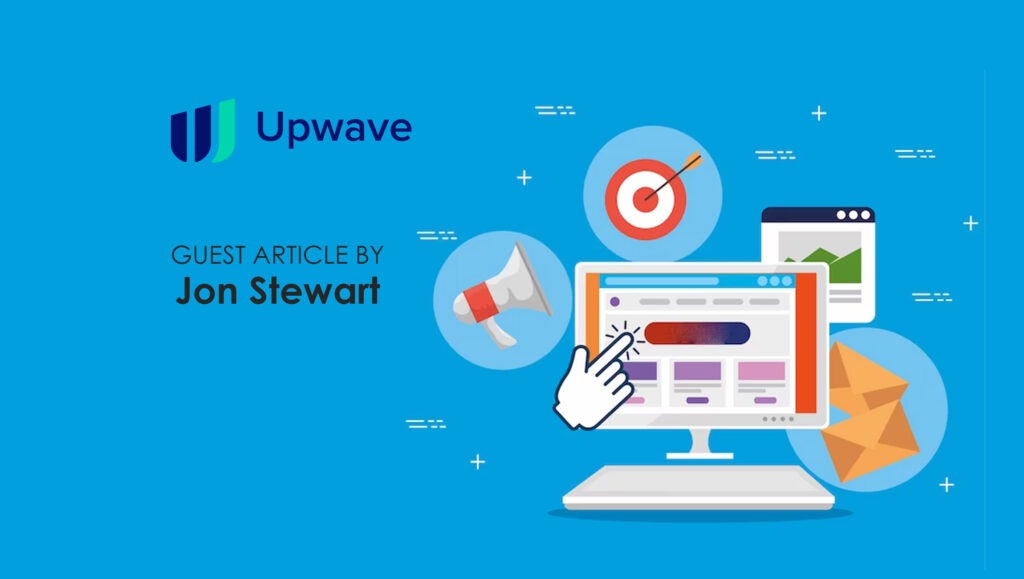In the early days of the Internet, advertisers and the platforms they advertised on needed mutually agreed-upon metrics to determine the efficacy of media spend. In the days before e-commerce became huge and for brands that did not sell directly online, cost per impression (CPM) and cost per click (CPC) were simple ways to track campaign flights, identify how advertisers could be charged, and identify campaign success over time.
And whereas CPMs were always treated as a less precise measure (because it only determines whether an ad was on screen, not if the person actually saw and absorbed it, and it influenced their decision-making), CPC was treated as a valuable indicator of intent.
The rise of the mobile environment did nothing to slow this down, as CPC is considered a golden standard. While the sophistication of measurement has increased – through approaches that would measure incrementality, like sales and brand lift – media agencies still embrace CPC despite its obvious shortcomings.
For instance, how many times have you clicked on something erroneously due to large thumbs or by trying to scroll past it – the latter of which demonstrates a 180-degree falsity (something you actively did not care about suddenly registering as interest because of a false click.)
Clicks are no longer the right arbiter of campaign performance, and maybe they never were. But certainly not now, in a mobile environment where it’s way too easy to make mistakes. To many, this is obvious.
And yet, you may be shocked to know many agencies are still optimizing for clicks, which are also often among the most common KPI for many campaigns.
What does that mean? Your agencies and media partners could be unintentionally optimizing your campaign based on noisy signals, and then waiting until the end to decide whether the campaign had any real business impact (e.g., whether it was a success or not). In today’s hyper-competitive world, depending on unclear indicators simply won’t do – the good news is that brand metrics will work hard for your campaigns while in-flight. Brand metrics (like Awareness, Consideration, etc.) can act as both a valuable in-flight signal and an outcome, so you don’t have to wait until the end to find out it needs to be optimized.
There is no doubt; measuring brand performance at the end, instead of during the campaign, is a mistake that doesn’t need to happen.
Many campaigns start with the best of intentions. A collaborative team of creatives, media planners, and executives work hand-in-hand to maximize creative development, audience segmentation, and a carefully chosen media mix – all designed for maximum breakthrough.
But once the campaign launches, too often account managers are beholden to the publisher to understand campaign performance, and their objectives may be misaligned.
Publishers are worried about delivery – many are optimizing to deliver impressions/views and, at most, clicks. But that’s not optimization. Optimization requires an actual lift (brand or sales or otherwise and they may not have all the tools to deliver optimally or may not know how to course correct.)
You may not know, or may not think, agency teams/analytics teams are waiting for the end of the campaign and writing the report, but it’s hurting your branding efforts and shortchanging your ROI.
Marketing Technology News: MarTech Interview with Amy Guenel, VP, Product Marketing at Nexxen
It’s worth taking a second to understand where optimization strategies began and where they fall short. The rise of ad servers and programmatic in the 2010s enabled media to be optimized in real-time through online signals like page visits and online sales or conversions.
While campaign optimization works for direct response goals, it’s less effective for branding, if you’re optimizing for less-valuable metrics. The problem is that publishers and advertisers have historically devalued brand signals as being less quantitative because they involve opinion interviews.
Therefore many agencies relegate brand “studies” to a “researcher” interest, something deemed too complicated or noisy to think of as an in-flight performance metric. As such, brand performance signals have been relegated mostly to post-campaign analysis of A/B tests, and positioned against sales measurement.
In addition, if a programmatic campaign is precisely targeted (i.e., constrained) to audience segments, the bidder will favor delivery to this heavily-look-a-liked audience.
This can create a domino effect that can hurt brand performance in the programmatic world. This is where scale is the enemy of precision–the bigger the audience, the less confident you are that the segment represents the people you want to reach. This could lead to less competitive placements in the programmatic auction to people who are outside desirable targets and are visiting lower-value environments. And if the bidder has any room to optimize the buy to better impressions, it will favor signals of intent–clicks and page visits. These are not the tactics that will grow brands.
To recap, the goal of brand media should be to drive brand goals and the best way to make sure that money is well spent is to optimize for those goals throughout.
Now that we’ve established what’s not working, what’s the right approach?
- Align measurement with campaign goals. It is more likely than not that your overall campaign goal is sales or brand awareness. If you’re only measuring success by impressions or clicks, there will be a misalignment that will make deriving insights challenging. But remember: remember that sales are lagging indicators for brand media.
- Set up the campaign correctly. That means you need to identify brand personas and the audience you want to reach and draft a working media plan geared toward delivering the right message to the right audience.
- Set up your tools. Make sure you have the right tools to monitor and take action on real-time information in-flight. The right tool should allow frequent optimizations and performance indicators to prevent results from fluctuating throughout the campaign.
A common misconception is that you need to wait for statistical significance to make any optimizations. While it’s true that you don’t want to make big changes right away, it’s also true that you can make low-risk optimizations, such as tweaking frequency and the channel mix at the beginning.
At this time, you also want to ensure your programmatic advertising is doing what it should and not going running against cheap or non-brand-safe audiences. Most importantly, share the brand data you have with media partners. If you’re buying direct buys from publications, you can work with them to re-weight the creative, an understated but incredibly valuable optimization that won’t affect your budgets.
They can’t optimize what they don’t know. Once you get more data and feedback, you can do more high-risk optimizations like changing partners, switching creative, or making bigger decisions on which mediums should dominate spend.
All of this is possible if you work with the right partner and continually study the results and assess and reassess. Media budgets are tight, especially with today’s difficult economic conditions. No company can leave success to chance. Remember, clicks don’t always translate to sales (or even greater knowledge of your product or company).
When you optimize your media based on brand signals in flight, you will maximize your brand and sales outcomes, optimizing what happens during the campaign to the original objective.
Source: here


